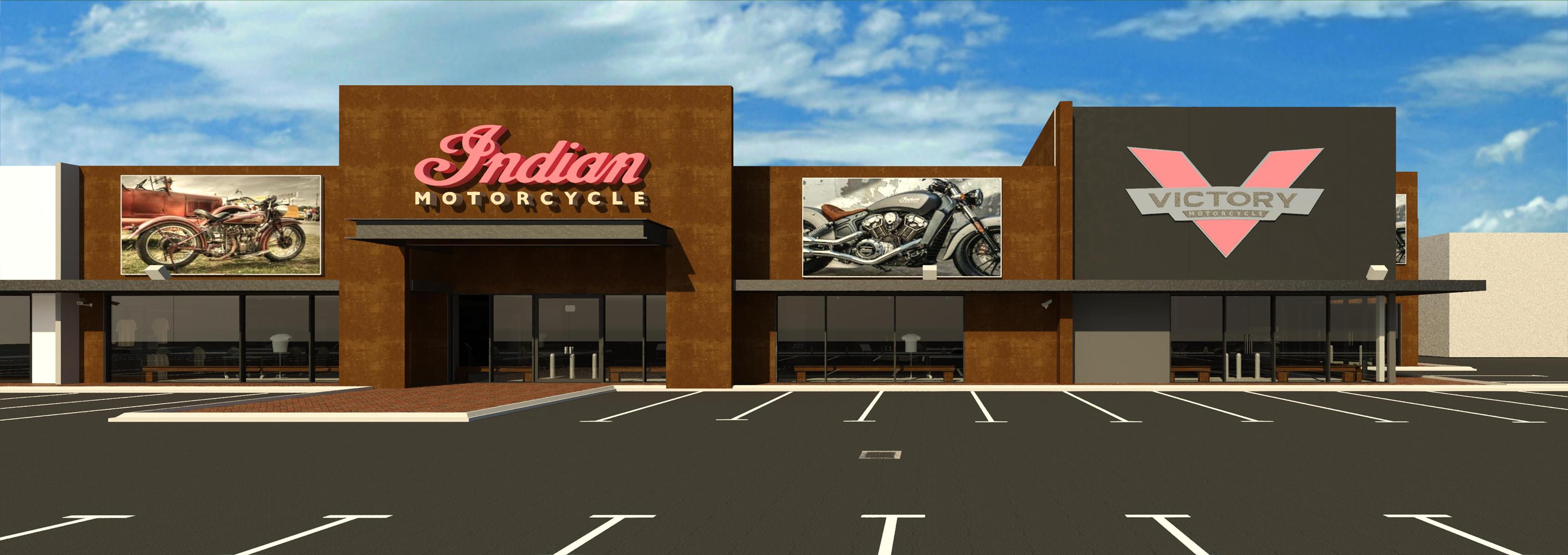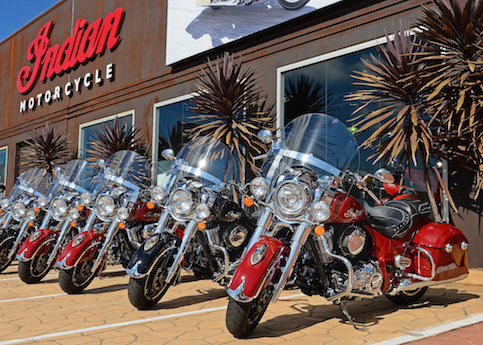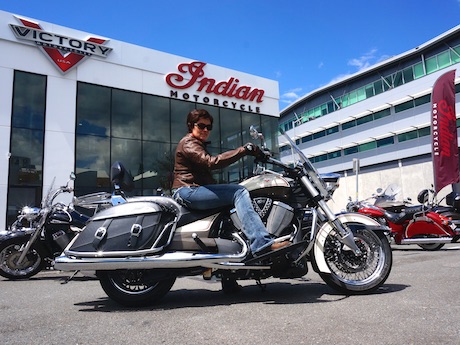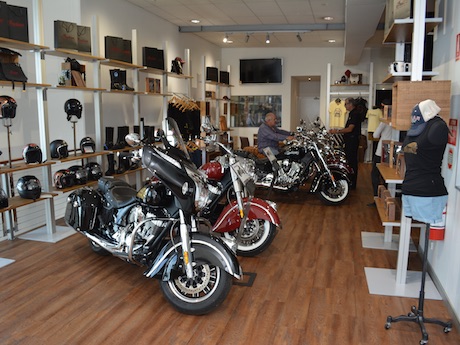Riders and owners are understandably concerned about news that Indian Motorcycle Australia will close its Australian company-owned stores and move to a system of independent, privately owned dealerships.
The four stores in Brisbane, Sydney, Melbourne and Perth are opulent, to say the least, with customer service to match.
They match the standards set by main competitor and fellow countryman, Harley-Davidson.
However, the expensive model which began in 2008 with Victory Motorcycles was simply economically unsustainable, especially in these tougher times.
Independent model
Piaggio tried much the same thing with company-owned Vespa boutiques that failed.
The Indian-owned dealerships probably only lasted under company ownership as long as they did because of rumoured “creative accounting” that borrowed from Polaris ATV sales to make the economic case for Indian and Victory which was axed in 2017.
The company now says moving to an independent model will be an advantage for customers with a more comprehensive network of dealerships across the country.
They have also confirmed ongoing warranty and parts support.
Pause for concern
But do customers have pause for concern that there will be enough independent dealers?
We asked former Indian Motorcycle executive and now a senior motorcycle industry consultant Robert Pandya for his take on the Aussie move.
“To me it is only logical that a factory-owned dealership model was needed to establish a brand in a market over to a dealer-owned model,” he says.

“Companies as big as Indian / Polaris are big ships with small rudders.
“The needs of a local market in products, training and culture require local understanding and commitment that simply would never efficiently filter up to the budget police at a corporate HQ, especially one on another continent.”
However he says the longtime Indian Motorcycle brand has “weathered significant storms” since its inception in 1901.
He says it will get stronger in Australia as dealer locations are increased through a more traditional model.



“It will also end any issues of parity in factory Vs dealer shops,” he says.
“All dealers that sell reasonable volumes should have the same opportunity for products.”
As Indian launches its new Challenger range on the market, Robert says the challenge for the company is to produce new products that meet consumer wants.
“The product range will need to expand for local dealers to buy-in,” he says.
“If customers took the time to write in to companies in bulk (instead of bitching on some invisible forum) companies will respond to needs that will be better executed by an engaged local dealer.”





